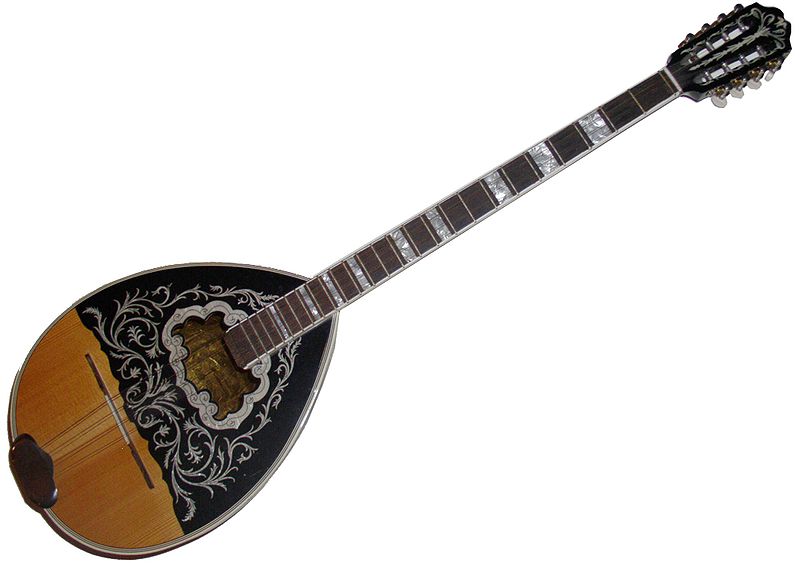demokrit
Heisenberg
Ja verstehe nur wieso nennen die Pontier es dann nicht Lyra wenn es doch ursprünglich byzantinisch ist?
Stattdessen wird der persische Name Kemenche (Kemence) verwendet.
Dachte bisher immer Kemence wäre ein Instrument der Lazen.
Die Pontier nennen es doch Lyra

